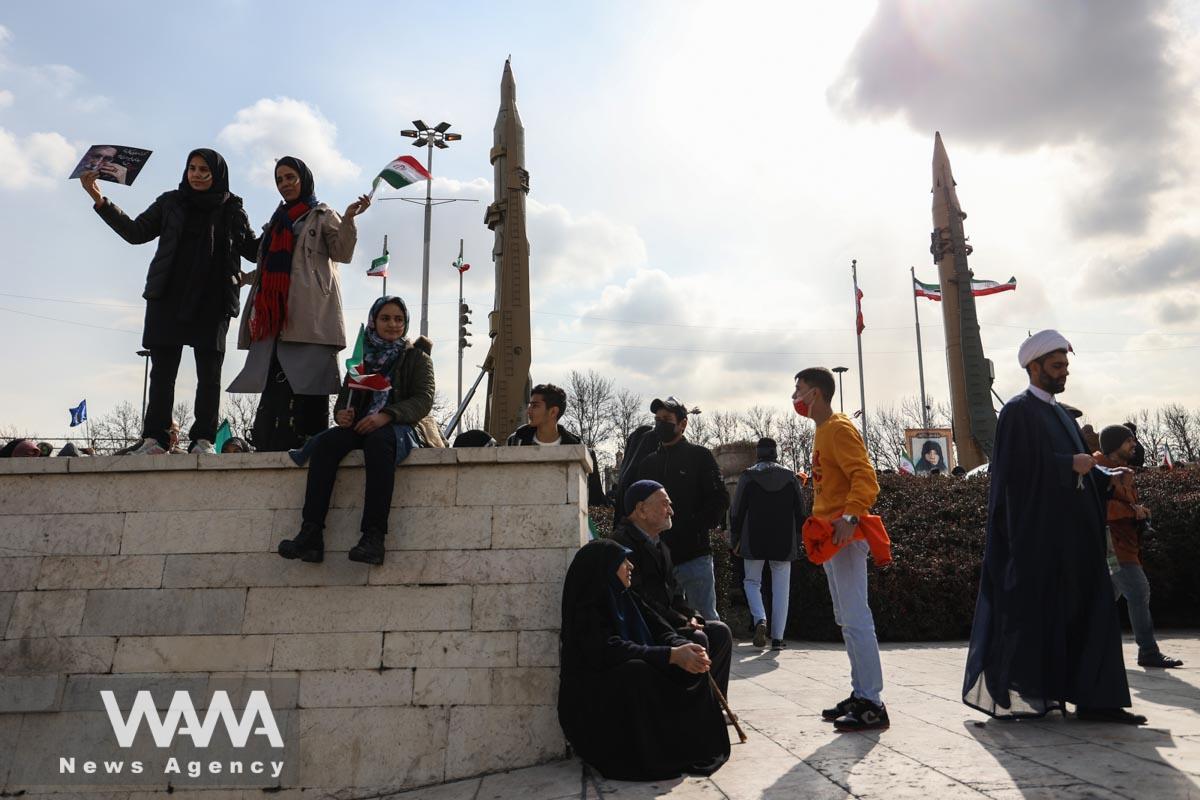What is the likelihood of Israel attacking Iran’s nuclear facilities?
WANA (Apr 12) – Israelis declare that if the Islamic Republic of Iran directly attacks Israel, they will strike Iran’s nuclear facilities. Is this attack feasible and effective for Tel Aviv?
The direct distance from Iran’s nuclear facilities to Israeli air bases is about 1600 kilometers, meaning if regime aircraft want to reach there, bomb Natanz facilities, and return directly, they must travel at least 3200 kilometers.
Israel cannot directly pass through the airspace of Jordan or Syria because, firstly, the element of surprise will be lost (Iran has radar in Syria), and secondly, Jordan will not be willing to grant its airspace to Israel for attacking Iran because Tehran has officially announced that any country that opens its airspace to Israel for attacking Iran will be complicit and will be targeted by Iran.

Did the Syrians reveal the location of the Iranian general?
WANA (Apr 10) – In recent days, comments regarding the role of some elements of the Syrian government in the assassination of Iranian commanders have been published, which has attracted attention. It has been claimed that Syrians are dissatisfied with Iran’s presence in their country, and for this reason, they disclose the whereabouts of […]
So Israel must choose other routes such as Turkey (which, for reasons mentioned, will not allow the use of its airspace) or Baku or Arab countries, which have justified by Iran that if they help with any attack by Israel, what disaster it will bring to their oil and vital installations. So, crossing the airspace of countries and reaching Iran is a big trouble for Israel.
Israel either has to attack Iran with ballistic missiles or fighter jets. Israeli ballistic missiles are not so accurate and numerous, so they can not have the desired effect on Natanz nuclear facilities. On the other hand, fighter jets also have many limitations.
For example, if Israel wants to use F-16 fighters, these fighters are easily identified and destroyed by Iranian air defense because Falcons are not radar-evading and must travel hundreds of kilometers to reach Natanz, pass through dozens of air defense rings, and return.
If Israelis intend to use the F-35, it should be noted that, first, this fighter’s radar evasion is not absolute and complete, and it is highly likely to be detected in Iran’s airspace; second, this aircraft cannot use external fuel tanks for radar evasion, so it must refuel before or after bombing near Iran’s borders or land in one of the neighboring countries.

Iranian President Ebrahim Raisi meets with International Atomic Energy Agency (IAEA) Director General Rafael Grossi in Tehran, Iran, on March 4, 2023. Iran’s President Website/WANA (West Asia News Agency)
Neighboring countries of Iran, for the reasons mentioned, will never help Israel in this regard, and if Israelis bring some tanker aircraft to flight, Iranians will know beforehand, and again, the element of surprise will be lost.
Where will the refueling aircraft take off? No country will allow them to carry out aerial refueling in a military mission against Iran.
The “Fordow” nuclear site is a facility that Israel cannot destroy at all because it is underground. Even if Israel can ruin the Natanz nuclear site (which is very difficult), the “Fordow” site will continue to enrich at high levels. Therefore, Israel will not be able to altogether turn off Iran’s nuclear facilities with a military strike. Perhaps it can destroy only some of the enrichment capabilities.
Israel will avoid an attack that cannot wholly destroy the nuclear enrichment process of the Islamic Republic of Iran.
By Taghavi Nia












